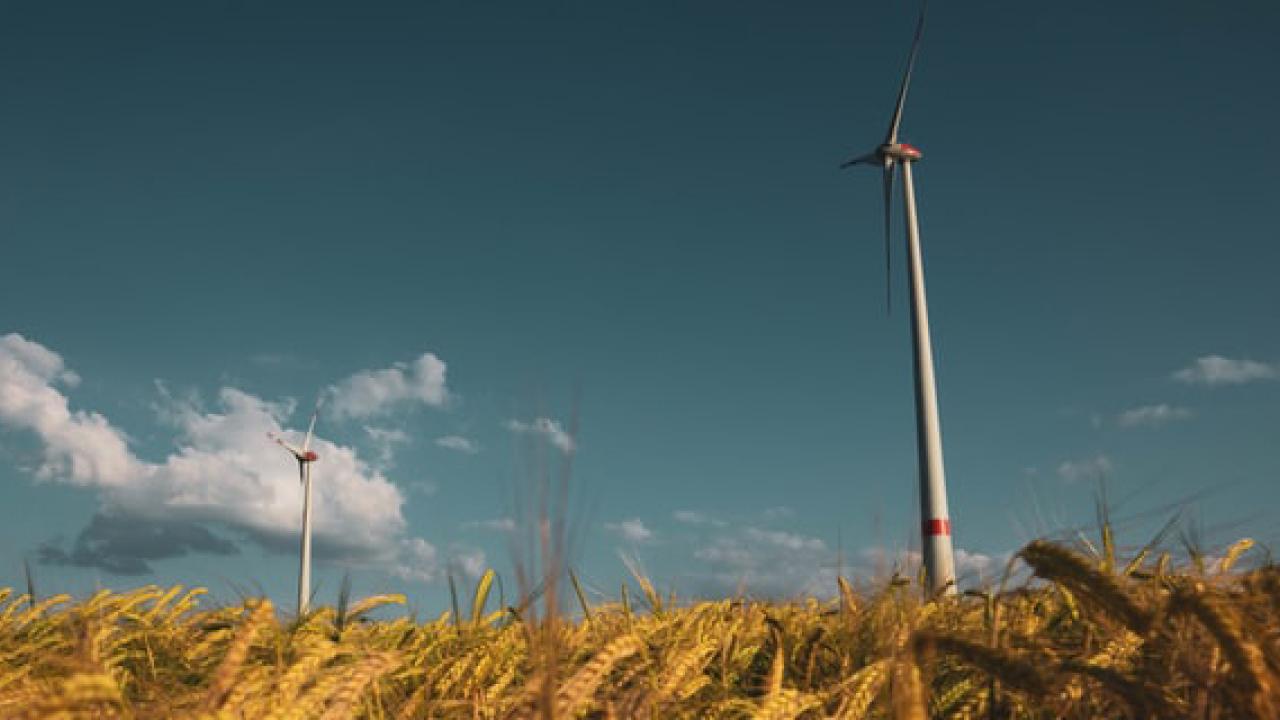Iowa Energy Storage Report: Can more storage get us to renewables faster?

Wind turbines pepper Iowa’s rural landscape, making up nearly 40 percent of its electricity supply. But supply doesn’t always match demand. Renewable energy is vital to a cleaner future, but its promise also presents a problem: during the periods when renewable energy production exceeds demand, the energy gets wasted, or curtailed. One solution is simply to store the energy for later use. In Iowa, officials wanted to know just how simple that was.
The Task
In 2020, Slipstream partnered with Synapse Energy Economics (Synapse) of Cambridge, MA to evaluate the benefits and potential barriers of expanding energy storage in Iowa. With funding from the Iowa Economic Development Authority, Synapse and Slipstream evaluated the benefits and capabilities of various available energy storage technologies and how they might contribute to Iowa’s economic development and clean energy goals.
The team tackled factors such as front-of-the-meter and behind-the-meter technologies, costs, and the regulatory landscape in Iowa. In the end, we found that one of the most important roles that energy storage can play in Iowa is to support the expansion of renewable energy generation.
The Takeaway
In 2019, Iowa wind farms generated approximately 26,558 GWh of electricity. Based on MISO data, we estimated that 4.2% represented curtailed energy, meaning 1,115 GWh of wind energy was nothing more than dust. With storage in place, that energy would generate about $25.6 million dollars per year within the wholesale MISO market.
So far, there are no clear market policies in place for energy storage. The sooner we can develop policy around the benefits of storage, the sooner we might expand renewables in Iowa and beyond.
Read the Report
You can read the full executive summary at the Iowa Energy Office website, or click here to download the PDF directly.
Photo: Philipp Katzenberger / Unsplash